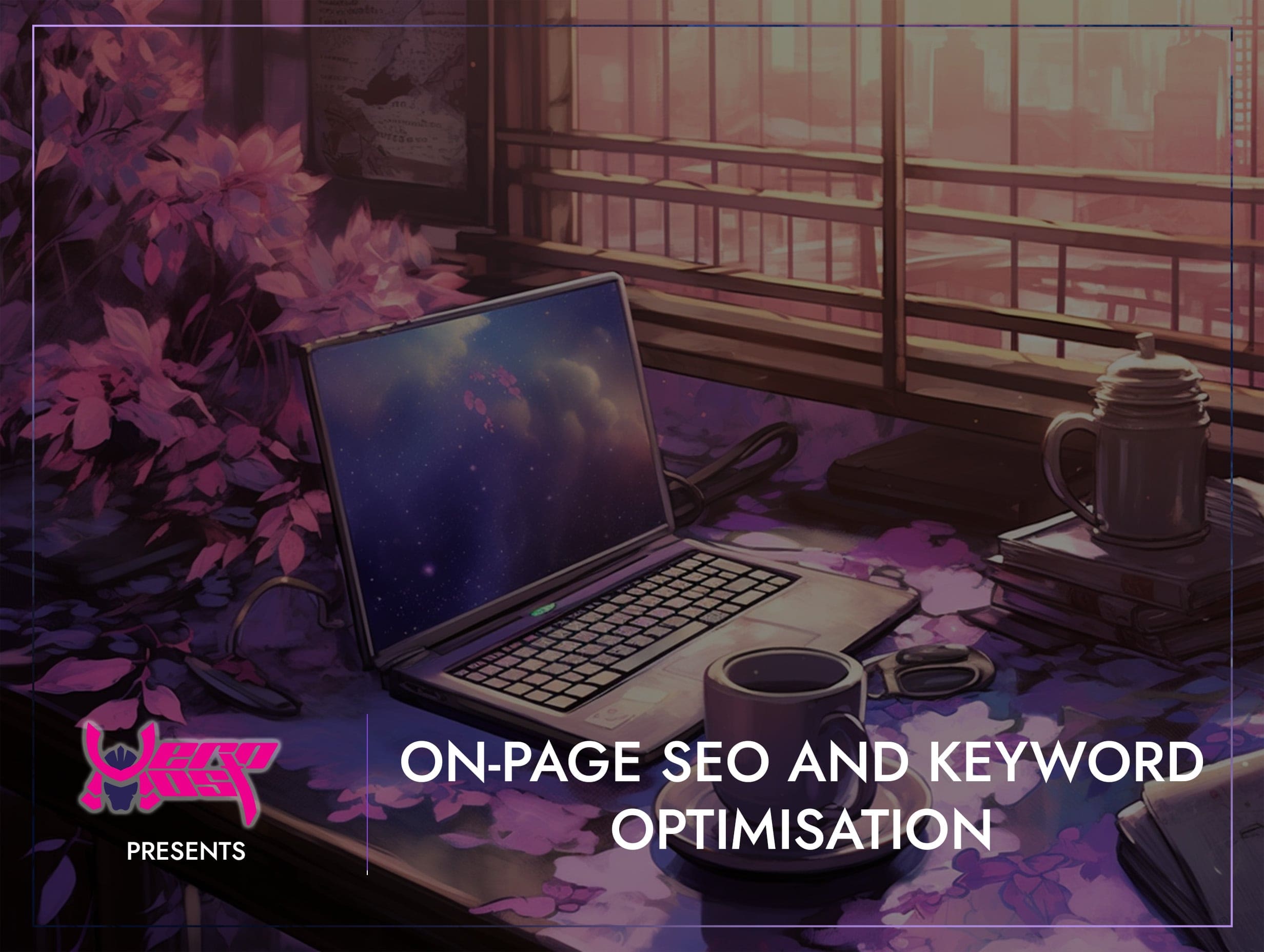How to Optimise a Landing Page
- Home
- Search Engine Optimisation (SEO)
- How to Optimise a Landing Page

- Mikey Ryu
- March 21, 2024
- 0
How to Optimise a Landing Page
Optimising a Landing Page
In the digital age, where online competition is fierce and attention spans are fleeting, the ability to optimise landing pages effectively is crucial for businesses seeking to capture and convert visitors. A well-optimised landing page not only attracts traffic but also guides users seamlessly through the conversion funnel, ultimately driving tangible results for the business. In this blog, we’ll delve into the essential strategies and techniques for optimising a landing page to maximise its effectiveness and achieve marketing objectives.
Understanding the Goal
Before diving into optimisation tactics, it’s essential to clarify the goal of the landing page. Whether it’s generating leads, driving sales, or promoting a specific offer, a clear understanding of the desired outcome informs every aspect of the optimisation process.
1. Define Your Audience and Messaging
Effective optimisation begins with a deep understanding of your target audience and their needs, preferences, and pain points. Tailor your messaging to resonate with your audience, addressing their specific concerns and offering solutions that meet their needs. Personalised messaging increases relevance and engagement, driving higher conversion rates.
2. Streamline Design and Layout
A cluttered or confusing layout can overwhelm visitors and hinder their ability to navigate the page effectively. Keep the design clean, uncluttered, and visually appealing, with a clear hierarchy and intuitive navigation. Use whitespace strategically to guide the user’s eye towards key elements and calls-to-action (CTAs).
3. Craft Compelling Headlines and Copy
The headline is the first thing visitors see when they land on your page, making it crucial for capturing attention and communicating value. Craft a clear, compelling headline that succinctly conveys the page’s purpose and entices visitors to explore further. Likewise, ensure that the body copy is concise, persuasive, and focused on addressing the visitor’s needs and benefits.
4. Optimise for SEO
Incorporate relevant keywords strategically throughout the landing page, including in the headline, body copy, meta tags, and URL. Ensure that the content is optimised for search engines while remaining natural and engaging for human readers. Additionally, optimise meta tags, image alt attributes, and other on-page elements to improve visibility and ranking in search engine results pages (SERPs).
5. Focus on Mobile Responsiveness
With the majority of internet traffic coming from mobile devices, optimising mobile responsiveness is non-negotiable. Ensure that your landing page is fully optimised for a seamless and intuitive experience across all screen sizes and devices. Test the page on various devices and browsers to identify any issues and ensure consistent performance.
6. Create Clear Calls-to-Action (CTAs)
A compelling call-to-action (CTA) is essential for guiding visitors towards the desired action on the landing page. Make the CTA prominent, visually distinct, and action-oriented, using persuasive language that communicates the value proposition. Test different variations of CTAs to identify which ones resonate most with your audience and drive the highest conversions.
7. Leverage Social Proof and Trust Signals
Incorporate social proof elements such as customer testimonials, reviews, ratings, and trust badges to build credibility and trust with your audience. Positive feedback from satisfied customers can alleviate concerns and instil confidence in visitors, increasing the likelihood of conversion. Display trust signals prominently to reassure visitors and enhance the credibility of your offering.
8. Test, Analyse, and Iterate
Optimisation is an ongoing process that requires constant testing, analysis, and iteration to achieve optimal results. Implement A/B tests to compare different variations of headlines, CTAs, layout, and design elements, and measure their impact on conversion rates. Analyse user behaviour data, such as heatmaps and session recordings, to gain insights into how visitors interact with the page and identify areas for improvement.
Conclusion
In conclusion, optimising a landing page is a multifaceted process that requires careful attention to design, messaging, user experience, and conversion optimisation. By defining clear goals, understanding your audience, and implementing best practices for design and optimisation, businesses can create landing pages that attract, engage, and convert visitors effectively. With continuous testing, analysis, and iteration, businesses can refine their landing pages over time, driving higher conversion rates and achieving their marketing objectives in the competitive digital landscape.
Search
Categorys
- Branding (12)
- Business Growth Guides (3)
- Business Insights (3)
- Content Marketing (43)
- Domain Authority (19)
- Email Marketing (28)
- Google Analytics & Search Console (5)
- Hack or Not (2)
- Hero Host News (0)
- Inbound Marketing (32)
- Lessons From Asia (40)
- Marketing Guides (11)
- Martial Arts Journey (14)
- Outbound Marketing (8)
- Search Engine Optimisation (SEO) (41)
- Social Media Marketing (38)
- Web Design (20)
- Website Hosting (4)
- Wordpress (2)






